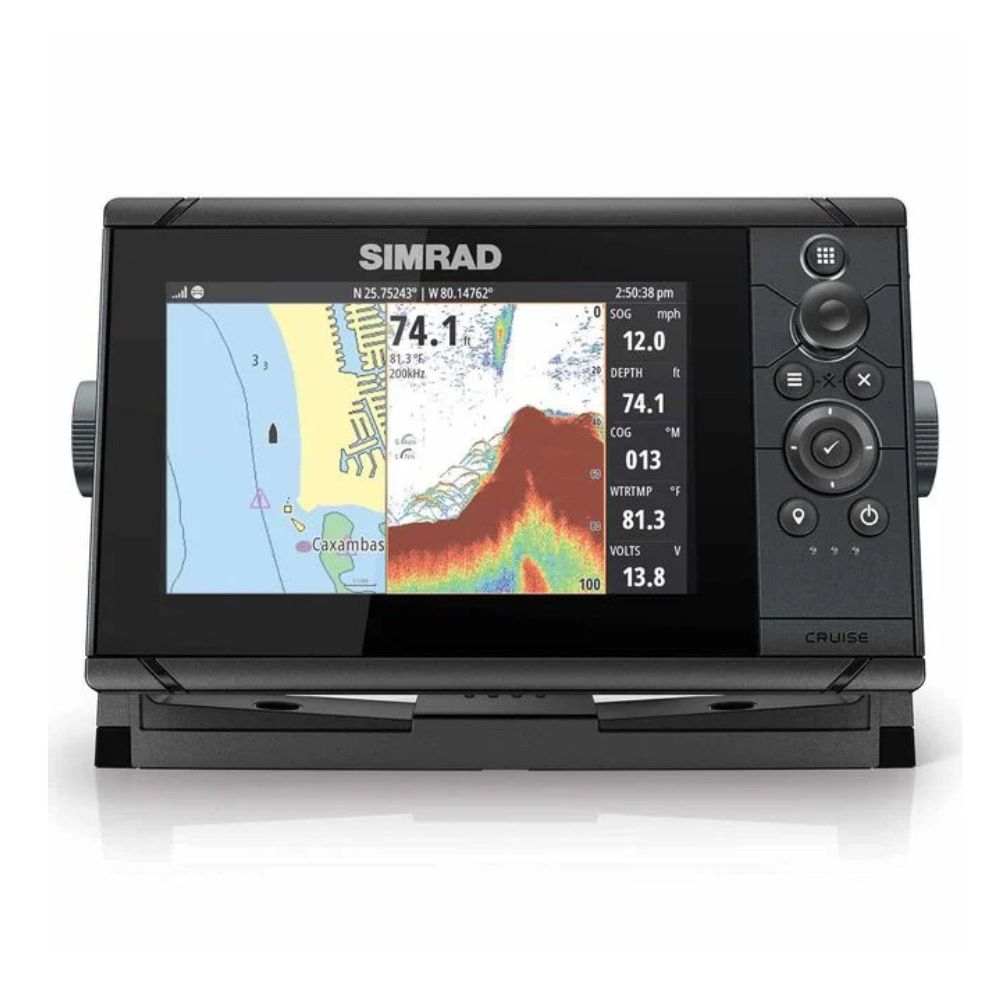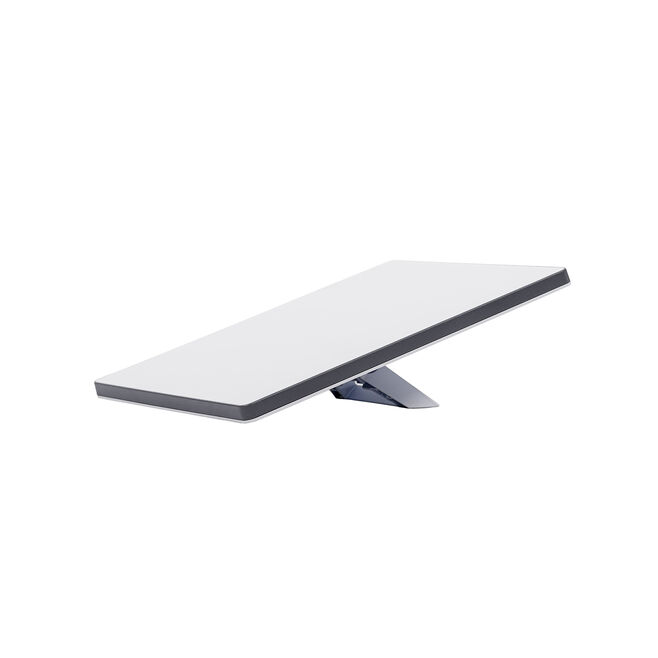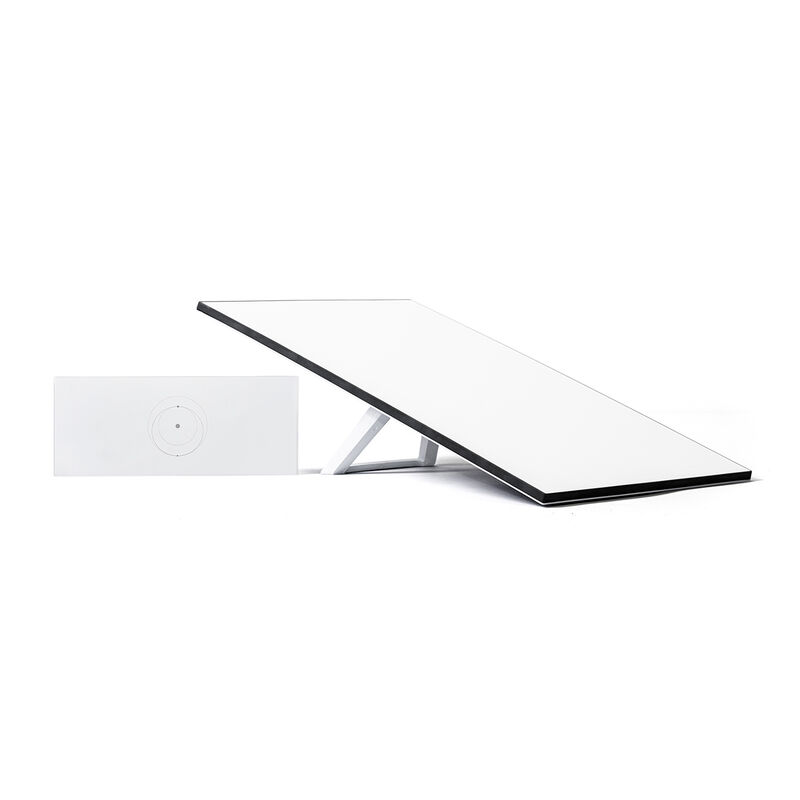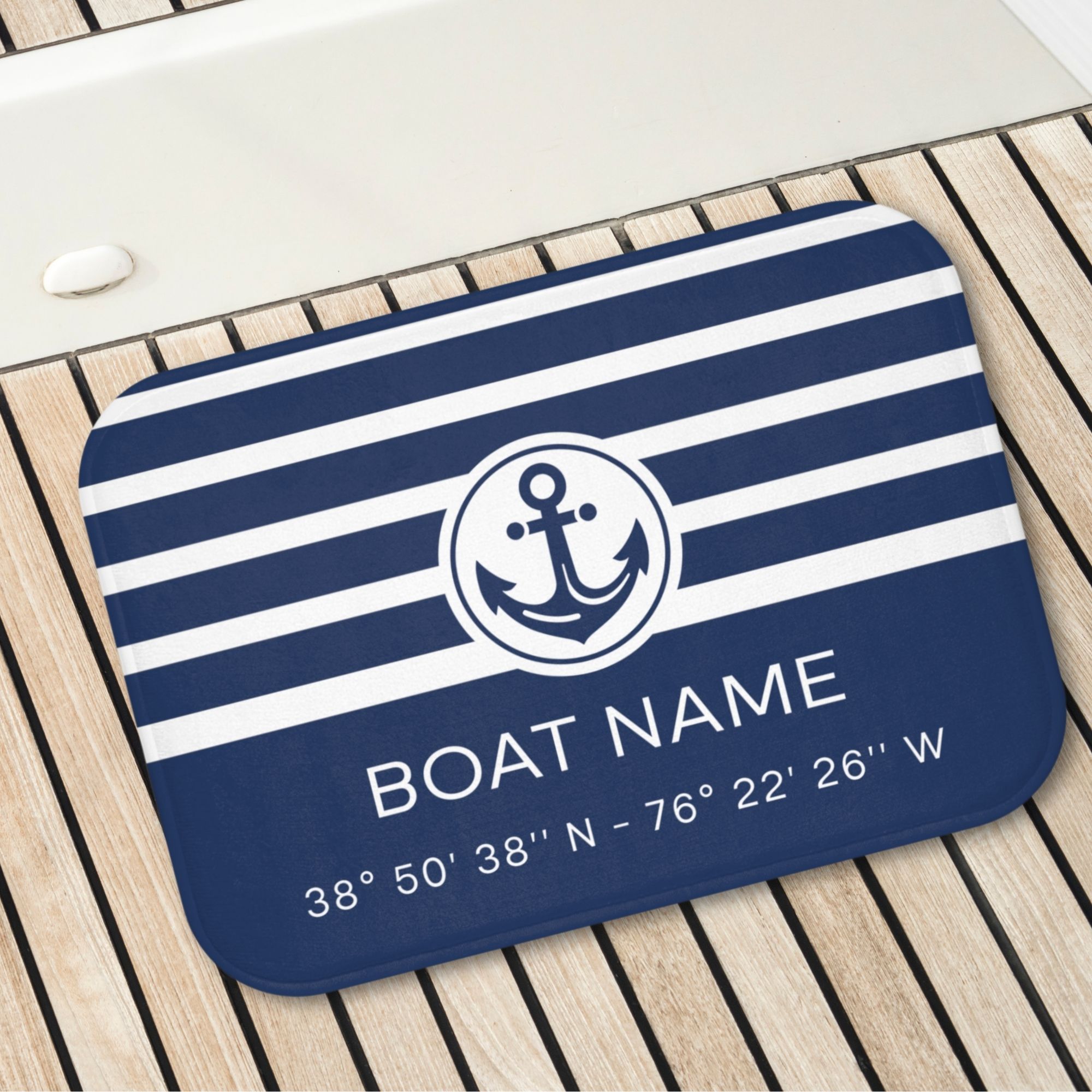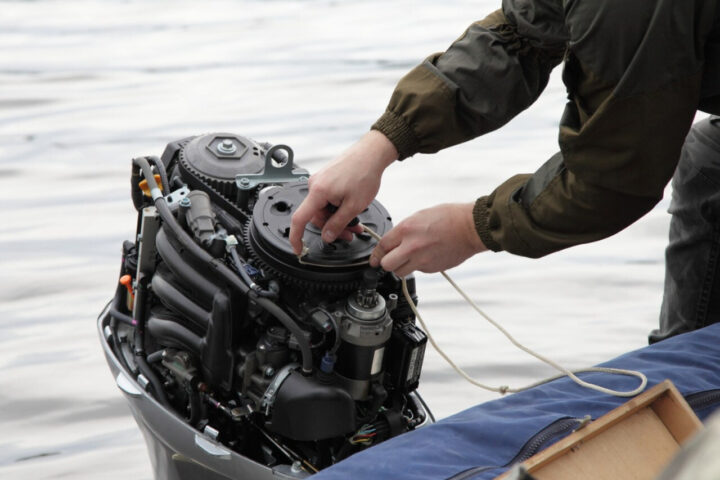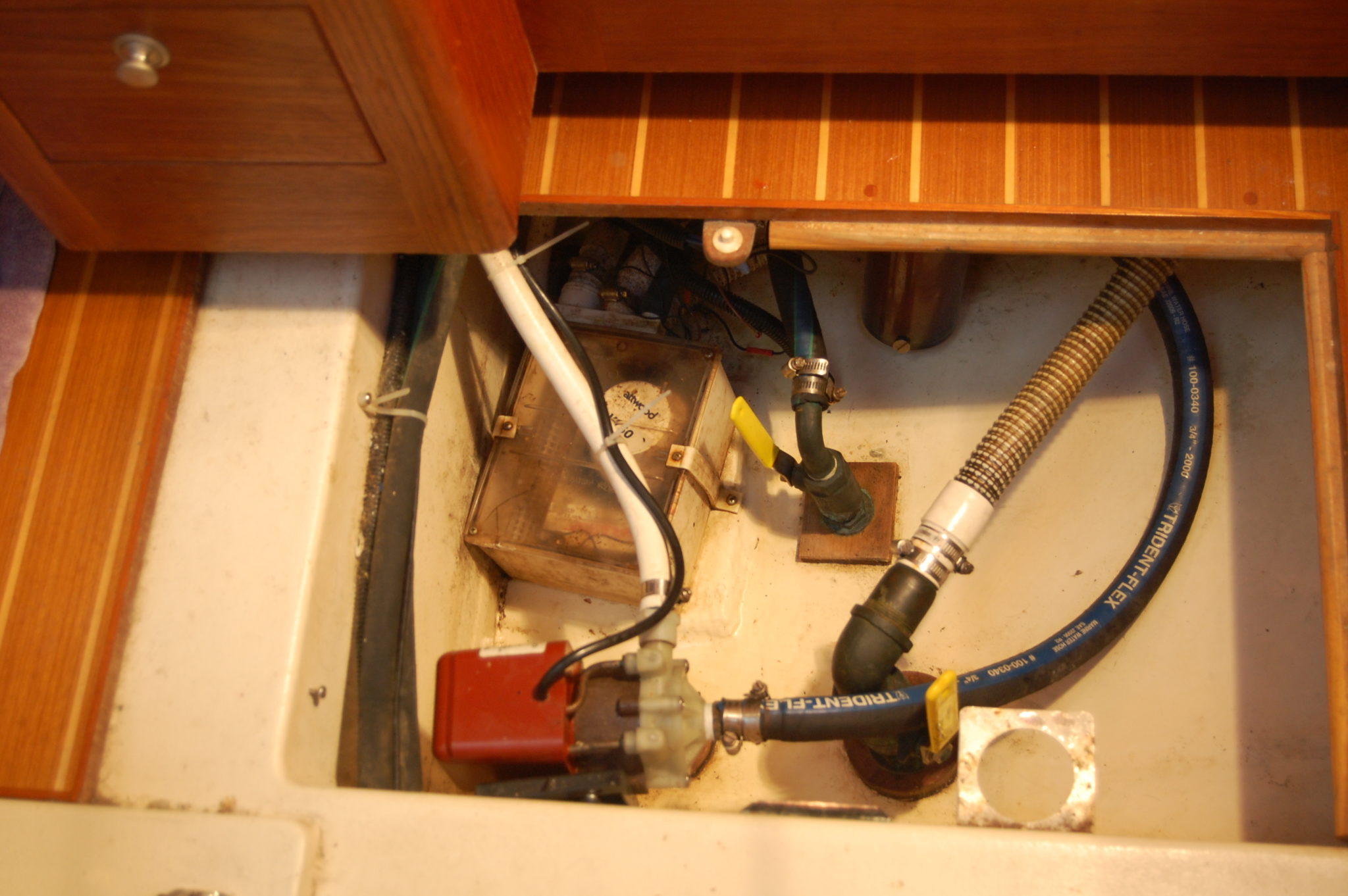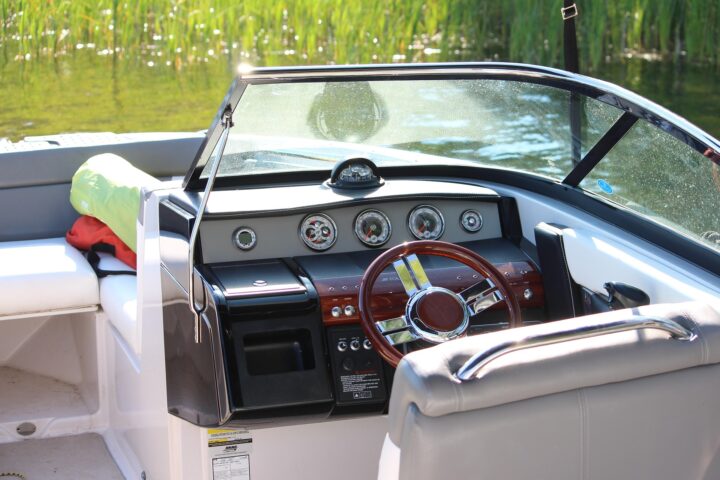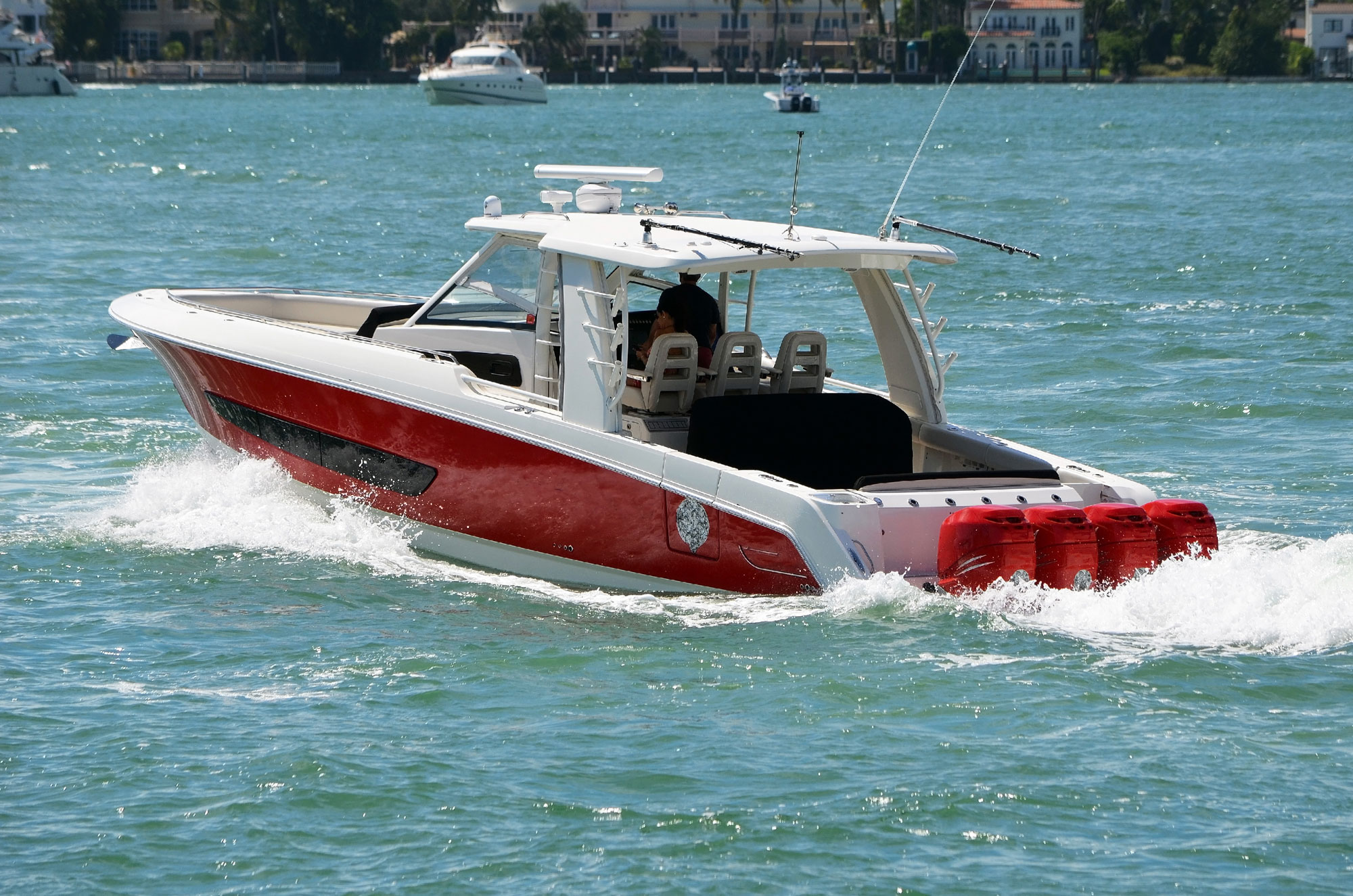
Long story short: It depends on a number of factors for frequency of outboard motor service
SPONSORED POST
Based on our major service operations in Naples, Florida and more than a hundred years of combined industry experience, PartsVu has assembled a team of experts with the relevant training and experience you need to make the right decisions. Save money, and get the job done right the FIRST time.
Boats are expensive. Plain and simple. Since we aren’t looking to throw money at unnecessary maintenance, we aim to find the minimum service requirements to avoid massive breakdown disasters—while keeping your Yamaha outboard motor in tip-top shape. As with anything else, regular routine maintenance will prolong its lifespan.
How often you service your boat is dependent on how often you take your boat out, as in how many hours you rack up. The rule of thumb is to service after every 100-hour interval. How frequently are these outings? A few hours every week keeps the motor in better shape than using it two or three full days every month. The more often it gets used, the better it will run, just like any vehicle. If it’s left sitting idle at the marina or in a garage for the majority of the time, parts tend to go bad faster.
Most outboards have a lifespan of 1,500 hours or 7 to 8 years, dependent on a number of factors. With proper care and maintenance, it’s possible to increase its longevity. Regular wear and tear are inevitable, however, all Yamaha outboard parts can be replaced.
Preventative maintenance after every trip
It goes without saying that you should wipe everything down after a day out to prevent corrosion and use a cowling cover to protect against the elements while not in use. It’s also always a good idea to flush out your engine when you’re coming back in. Take a look at the water pump while you are at it. If the flow isn’t steady, there’s a chance there may be something caught inside the outflow tube blocking the stream. Shut down the engine right away to prevent damage and try to find out what it is preventing the flow inside the tube.
You’ll also want to get rid of any fuel left in the carburetor by disconnecting the fuel line and letting the engine burn whatever is left. Once you’re finished, turn off the engine and the battery switch. You can now do a brief check to make sure there are no leaks by removing the cowling and taking a good look. Be sure to also add lubricant, like Yamalube and Yamashield to all moving parts. The rust and corrosion inhibitors will substantially prolong the life of your outboard.
Regular routine maintenance
It’s a good idea to periodically check the fuel tank for damage and to check if there is no water in it. All parts are susceptible to damage and wear, so make sure the fuel line and the clamps haven’t worn down. Go ahead and also inspect the primer bulb to see if it’s working properly.
For regular maintenance after the 100-hour mark, you can opt for a maintenance kit. It simplifies servicing your outboard and contains the parts that often need changing such as oil filters, drain gaskets, pumps, and spark plugs. All the components are genuine and made specifically for the different Yamaha outboard models. Be sure to use authentic parts to get the most bang for your buck—they provide more reliability and better performance.
Like Outboards Engines? Watch this video!
Trending Now: Must-Have Boat Gear for Your Boat Life
-
SIMRAD Cruise 7 Chartplotter/Fishfinder Combo
$569.00 Quick ViewBuy on West Marine -
Starlink Mini Kit for High-Speed, Portable Internet on the Go
$599.00 Quick ViewBuy on West Marine -
Sale!
Starlink Standard Kit for Stationary Use: High-Speed, Low Latency Internet
Original price was: $499.00.$349.00Current price is: $349.00. Quick ViewBuy on West Marine
Trending Now: Custom Boat Decor
-
Boat Pillow with Boat Name & LAT LONG Coordinates
Quick ViewBuy on Etsy -
Boat Pillow with Boat Name & LAT LONG Coordinates- Black
Quick ViewBuy on Etsy -
Coastal Blue Stripes Bathmat with Anchor & Boat Name
Quick ViewBuy on Etsy -
Custom Boat Mat with Boat Name & LAT LONG Coordinates
Quick ViewBuy on Etsy
Disclosure: This site may contain links affiliated with companies where we receive compensation. Also, as an Amazon Associate we may earn from qualifying purchases we refer but it does not impact the price you pay. Full disclosure policy.

